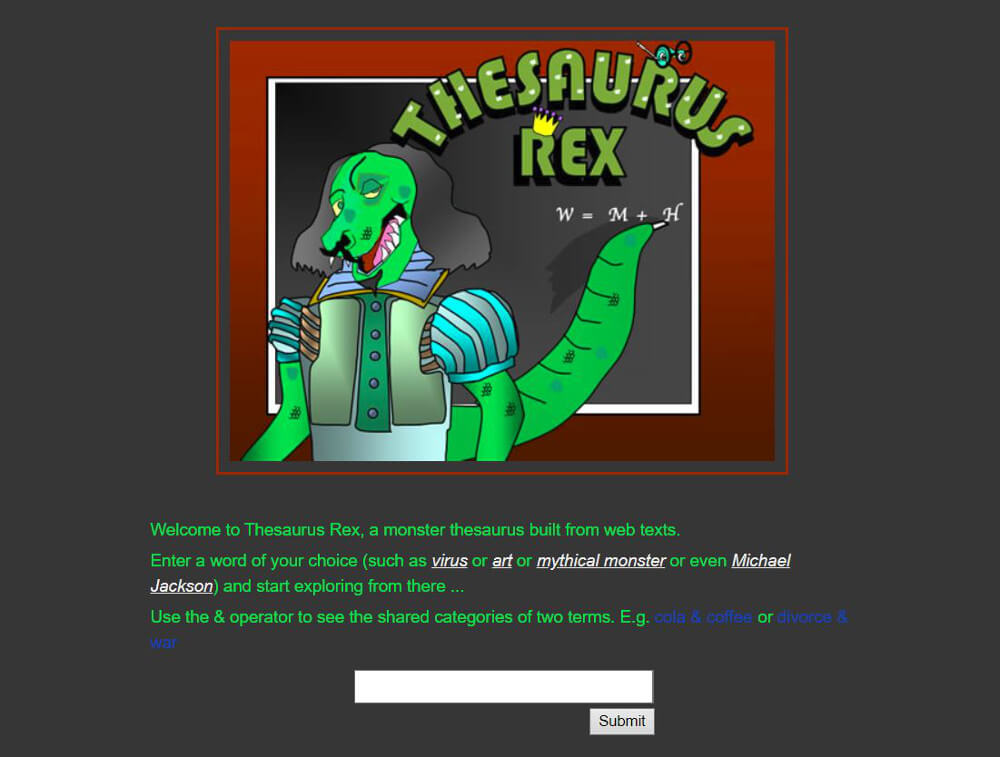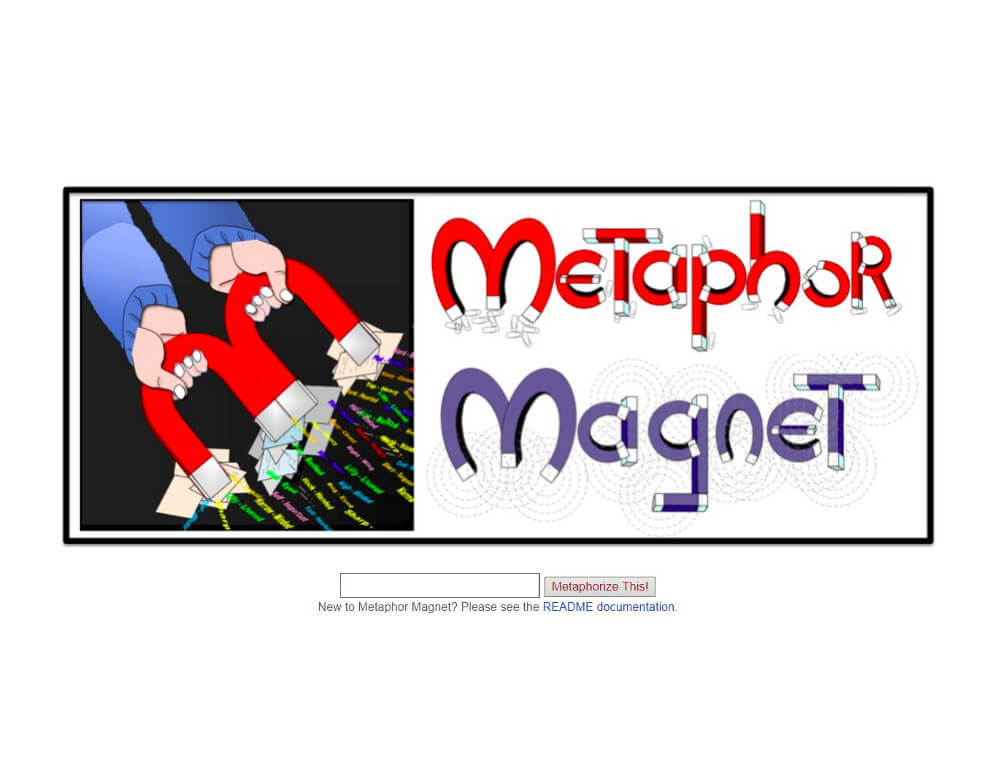Here you can view and listen to some of the works discussed in The Artist in the Machine and play with the links.
Part I
Dmitri Shostakovich and Beethoven
It takes some imagination to pick out the phrase from Beethoven’s Seventh Symphony which Shostakovich supposedly used in his majestic Fifth Symphony of 1937. In any case, whether Shostakovich did or did not quote Beethoven is not really the point because he didn’t lift from the Seventh Symphony wholesale. Composers have always written “in the style of.” Shostakovich intentionally composed this symphony in a heroic Beethovian style. This literally saved his life in that turbulent period when Stalin’s purges were at their height and Shostakovich was out of favour. For more on Shostakovich’s life in Stalin’s Soviet Union see Julian Barnes, The Noise of Time (London: Cape, 2016).
See p. 13 – all page numbers refer to The Artist in the Machine)
Part II
Mike Tyka – What is DeepDream?
The computer scientist/artist Mike Tyka wanted to find a way to enhance the images created by DeepDream. The critical idea came to him at 2 am. He concentrated on one segment of the image the machine had spawned then magnified it, zoomed in and zoomed out, intermittently cropping the image, revealing structures within structures until fractal qualities began to appear. Soon we see a conglomeration of animals, reptiles, lizards, cars, bicycles stretching to infinity, “all the way down.” Tyka’s extraordinary ever-changing video holds us spellbound. See, in particular, the segment 3:10 to 3:55.
(See p. 70)
Memo Akten – Hello, World
Memo Akten trains a deep neural network on images from a video camera pointed at himself. As the neural network is fed more and more images, it begins to recognise a pattern – Akten’s face. Then Akten moves and the machine has to start all over again. Soon it can recognise his face from any angle. The neural network has come alive, like a new born baby – Hello, World.
(See p. 76)
Damien Henry – The Endless Train Journey
Alas, copyright issues precluded my using Damien Henry’s original video with Steve Reich’s sound track. But playing them both simultaneously reproduces the effect since, in a sense, neither has a beginning or an end. In Henry’s video we see an extraordinary landscape eternally passing by as seen by a machine. Both Reich’s music and the train sequence form a perfect match, both being endlessly repetitive.
(See p. 78)
Henry’s train
A video of Reich’s 18 musicians to be played simultaneously with Henry’s video:
Mario Klingemann – X-Degrees of Separation
Klingemann and Doury’ X-Degrees of Separation enables you to compare, for example, a 4,000-year-old clay figure with a Bruegel painting. To do this, artificial neural networks transform (encode) the pixels in the chosen image into numbers. The machine scans the works available, seeking similarities in their encodings. These translate into the visual similarities that we see in the successive images, similarities that we might otherwise overlook between the clay figure and the Bruegel, as well as in the intermediary works. The degrees of separation vary with the images chosen. Here there are eight.
(See p. 79)
Use this link to play with x-degrees of separation:
Leon Gatys – Transferring Style
Style transfer allows you to transform a photograph in the style of a painting by van Gogh or Picasso or any other great artist. To get started insert a photograph of yourself here:
https://deepart.io/page/about/
(See p. 84)
Refik Anadol – Immersed in the Archive
Viewers stand in a cylindrical room while an ever-changing display of images projects onto the walls and onto them as well. You are literally immersed in SALT’s vast archive – an experience both mesmerizing and unbalancing.
(See p. 93)
Anadol recently completed his most recent project in collaboration with AMI. Here he takes the hundred-year-long archives of the Los Angeles Philharmonic Orchestra and projects them onto the walls of the Walt Disney Concert Hall in a glorious explosion of data patterns.
Here is a process video in which he sketches out how this projection was planned:
(See p. 94)
Mario Klingemann – Fake News
Klingemann calls this piece Alternative Face— the epitome of “fake news.” It is a concrete example of post- truth, with Conway’s voice emerging from Hardy’s mouth.
(See p. 103)
Anna Ridler – An AI Take on Edgar Allan Poe
Anna Ridler adroitly combines Pix2Pix and her own hand-crafted database to create a highly original take on the classic Edgar Allan Poe short story, The Fall of the House of Usher.
(See p. 105)
Part III
Magenta’s 90 Second Melody – AI Composes From Scratch
This is the first piece of music entirely composed by a computer that has not been in any way programmed to do so. The tune is rather simple but, with the help of a little added percussion, really quite catchy. It’s certainly a start.
(See p. 140)
Music Transformer – Playing Chopin’s Black-Key Étude
Chopin’s Black-Key Étude serves as a primer for Music Transformer:
Music Transformer keeps it intact while improvising around it:
The following samples illustrate how the model can have different takes on the same motif:
Musicians can specify their own primers, using Music Transformer as a creative tool to explore different continuations of their work.
(See pp. 142 and 143)
For comparisons of Music Transformer with Performance RNN and LSTM-based models which tend to forget the primer see:
Sageev Oore – Computer Musician Extraordinaire
Sageev Oore plays scores composed by a machine. The music, he said, reminded him of the pioneering atonality of works by the Russian composer Alexander Scriabin, who influenced Igor Stravinsky and Sergei Prokofiev. If the machine had been a person, we would surely have said that it was highly creative.
(See p. 146)
Doug Eck and NSynth – Playing with Sound
In this amusing and instructive video Doug Eck demonstrates NSynth by melding two different audio waves broken down into particles, then encoded with numbers to produce sounds never heard before. In this way NSynth enables musicians to play with sound and dream up bold new pieces of music. See the segment 20:00 through 23.35.
(See p. 146)
COCONET – Rewriting Bach
Some wonderful examples of how a machine can rewrite Bach one voice at a time.
(See p. 148)
François Pachet’s Continuator – Musician and Machine Improvise Together
When this pianist improvised with the Continuator, he was amazed at how it responded. In fact it was often difficult to distinguish the human pianist from the machine.
(See p. 150)
François Pachet’s Flow Machine – Another Way to Write Music
A delightful and straightforward explanation of how the Flow Machine, plus several examples.
(See p. 151)
François Pachet’s “Daddy’s Car” – In the Style of the Beatles
“Daddy’s Car” – the Flow Machine’s first ever complete song, with lyrics by Benoît Carré.
(See p. 152)
Gil Weinberg – Shimon the Four Armed Robot Plays the Marimba
Shimon playing a gamelan-like piece, on its marimba with its four arms, bobbing and turning its head as if thinking and responding to the music it’s making.
(See p. 159)
Mason Bretan – Jazz for Robot and Musician
“What you say?” a jazz piece for four robots and a human musician.
(See p. 159)
Sturm and Ben-Tal – “The Drunken Pint”
Title and tunes created by the folk-rnn algorithm. Listen and tap your feet. “What a drunken riot this little system has crafted,” writes computer scientist/musicians Bob Sturm and Oded Ben-Tal.
(See p. 171)
Rebecca Fiebrink – Music and Movement
Watching Fiebrink set up the Wekinator and straightaway produce results is inspiring and astonishing.
(See p. 176)
Eduardo Miranda and the Amazing Improvising Slime Mould
Slime mould energised by the piano’s sounds to create music of its own, that nobody has ever heard before.
(See p. 184)
Maya Ackerman and Rafael Pérez y Pérez – AI Created Love Song
In this song, sung by Maya Ackerman and Pérez y Pérez, both words and music are machine created:
(See p. 209)
Part IV
Hannah Davis – Words into Music
Turning words into music, Hannah Davis creates a symphony in which the music is accompanied by a spectacular data visualization generated in real time – a dazzling multimedia experience.
(See p. 242)
Ross Goodwin and Benjamin’s Amazing Science Fiction Movie
“Sunspring” is a science fiction movie entirely created by an AI called Jetson, now known as Benjamin. The actors deliver the somewhat gnomic lines with passion and intensity, making them make sense, even if the script itself does not. And in the course of the film H does indeed spit out an eyeball. (This is the 10 minute version.)
(See p. 228)
Unfortunately, at present the site word.com is down.
Tony Veale – Stories That Sometimes Jump the System
To play with Veale’s word games go to:
(See p.236)
To create stories with Veale’s Scéalextric Simulator go to:
(See p. 237)
Part V
Nick Collins and Benjamin Till Discuss Eternity
The computer scientist/musician Nick Collins debates his approach to writing music with the paper-and-pen composer Benjamin Till.
(See p. 255)

